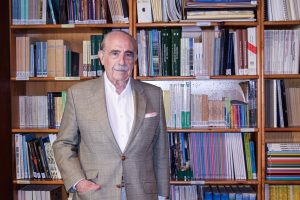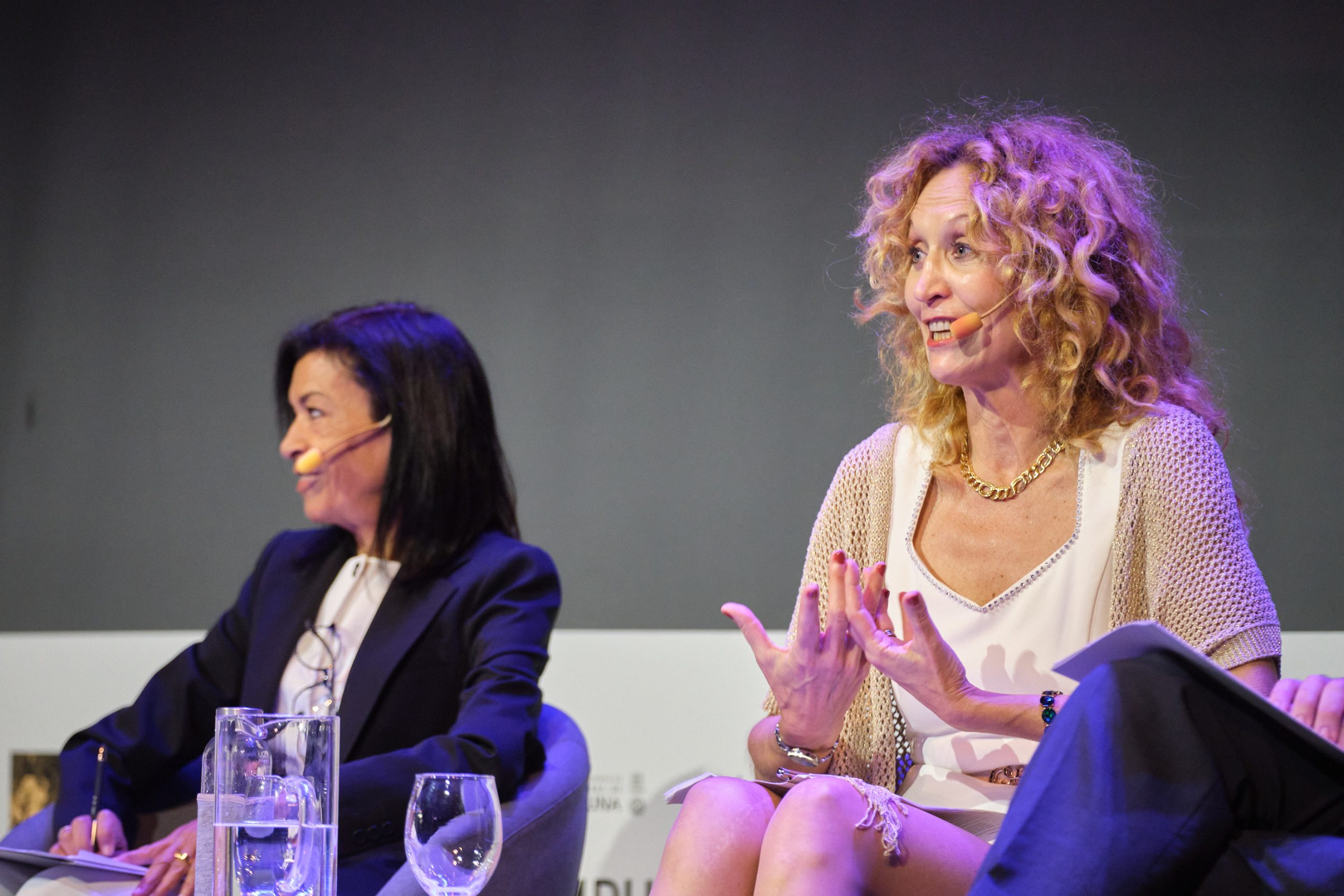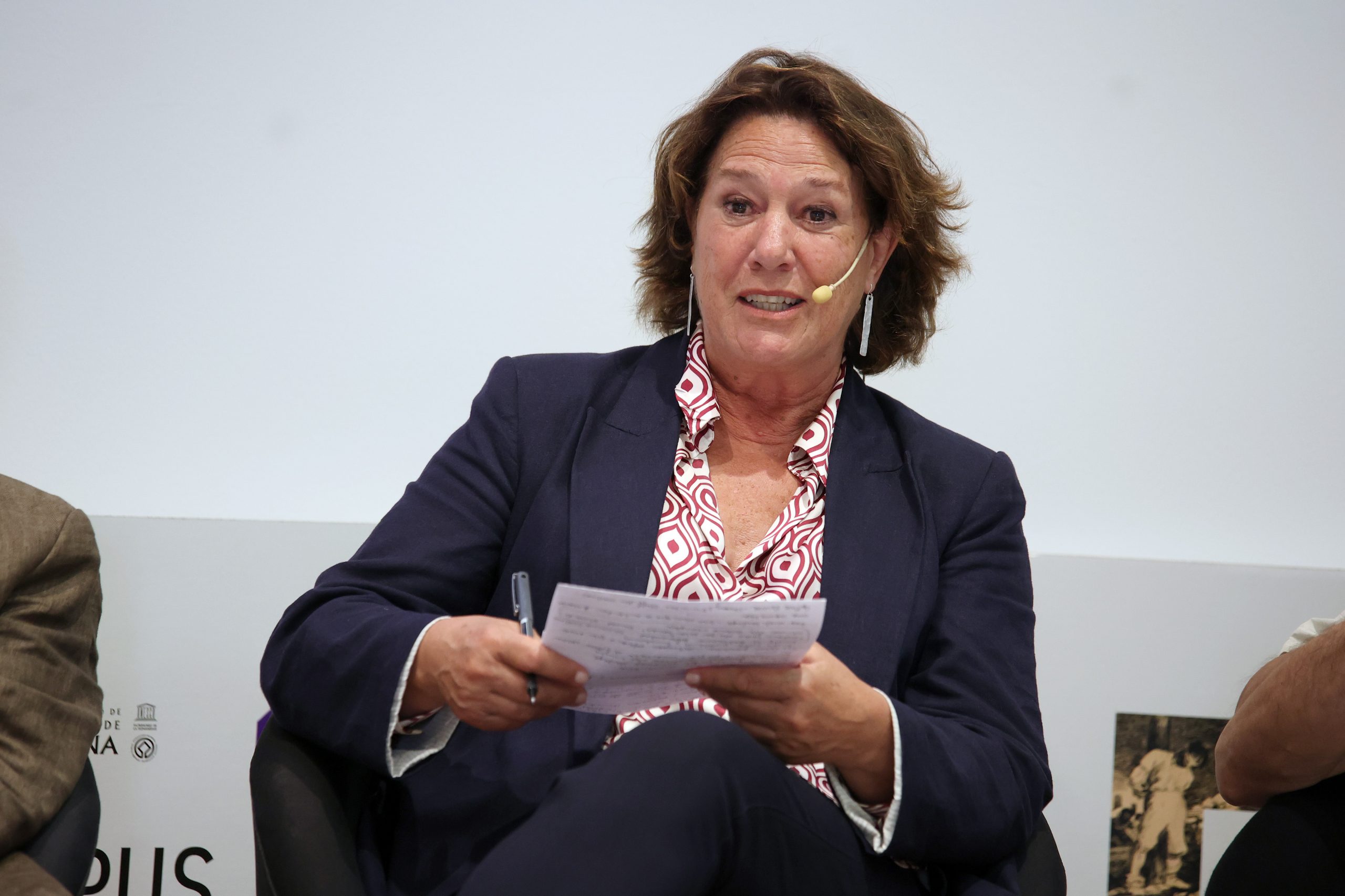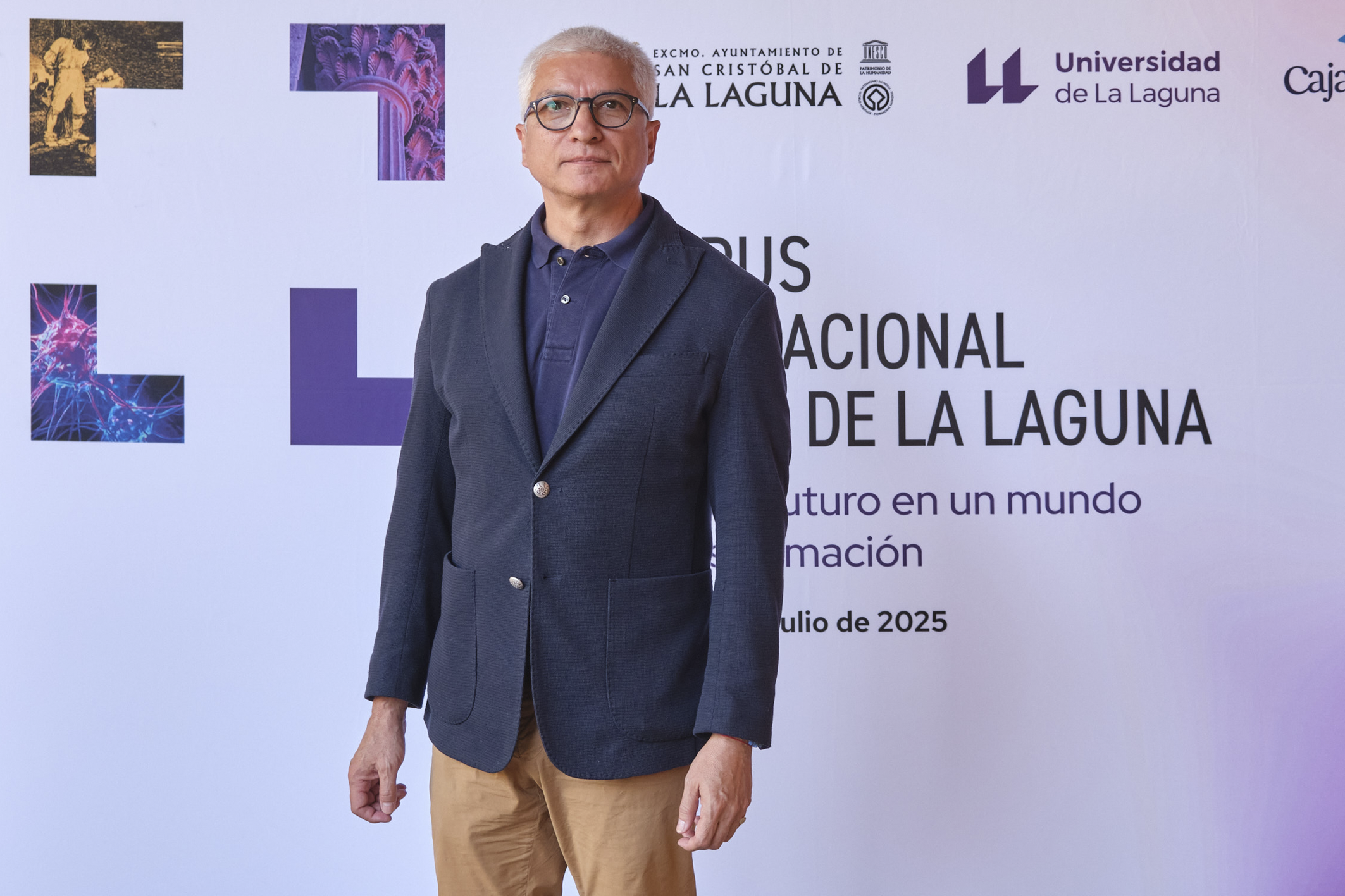Interview with Francisco Aznar Vallejo, president of the CICOP Foundation.
 The La Laguna City International Campus will bring current and globally relevant topics to the public from July 28-31.
The La Laguna City International Campus will bring current and globally relevant topics to the public from July 28-31.
One of the program's three training areas will delve into the value of heritage, in commemoration of the 25th anniversary of the city's declaration as a UNESCO World Heritage Site, with the participation of top-level speakers. Among them is Francisco Aznar Vallejo, current president of the International Center for Heritage Conservation (CICOP), considered one of the foremost experts on local heritage for its international reach.
After more than four decades dedicated to training, cooperation, and awareness-raising to preserve cultural identity in a globalized world, he is one of the co-directors, along with Juan Manuel Palerm, of the course "The Reason for Heritage in the 21st Century" at the Campus. His training will address the current challenges of heritage conservation, with a special focus on the revitalization of historic spaces, giving them new uses and meanings.
In this interview, Aznar reviews his career in the management and conservation of historical heritage, delving into some of the main challenges of heritage conservation, as well as reflecting on the importance of the La Laguna International Campus in bringing this field closer to the public.
How did your involvement with heritage conservation begin?
Since 1985, I began teaching a doctoral program at the Faculty of Fine Arts of the University of La Laguna (ULL) on innovation and development in education through art and heritage. Later, I completed an Erasmus program specializing in Fine Arts, the first in this field, between the institutions Hoger Instituut voor Schone Kunsten (Belgium), the École des Beaux-Arts (Toulouse), the Accademia di Belle Arti (Rome), and the Faculty of Fine Arts of the University of La Laguna. Without a doubt, these are cities where heritage is highly relevant.
Since then, I have continuously participated in courses and conferences, as well as writing numerous articles. Some significant dates in my career include, for example, 2013, when we launched the Master's Degree in Use and Management of Cultural Heritage at the ULL, and the beginning of my association with the CICOP Foundation, the International Center for Heritage Conservation, since its inception in 1992.
Could you tell us about the main mission of the CICOP Foundation and how it is responsible for protecting the cultural heritage of this city?
The purpose of the CICOP Foundation is the conservation, management, intervention, training, dissemination, and advancement of activities related to heritage as a living thing, not a dead object. This is the framework within which we work, holding 24 regional conferences and 16 international conferences every two years. It also offers excellent publishing content, being a publisher recognized by the National Library.
We work on various projects in the Canary Islands, the Peninsula, and Latin America. In the specific case of La Laguna, which is our godmother city because it hosts our headquarters, we intend to advance not only our objectives but also a multitude of initiatives that are of interest to the city. For example, we actively participate in the FES (La Laguna Economic and Social Forum), alongside neighborhood associations, etc. This is our main asset here.
What types of projects is the foundation currently developing locally and internationally?
Training projects, for example, those developed in Ecuador and Costa Rica, as well as intervention projects, such as those at the Cochasquí archaeological complex. Our tireless efforts to promote and preserve the Canary Islands' heritage assets and resources in Latin America are particularly noteworthy. All the work carried out in this area can be found on the website www.canariasamerica.com.
What have been the biggest challenges you have faced in recent years as an entity?
The challenges are always keeping the boat moving. As a foundation, we have a multitude of high-calibre patrons with whom the rowing process is a little easier. For example, we receive support from the University of Alicante, the University of Cartagena, the Polytechnic University of Valencia, the University of Oviedo, the Tenerife Island Council, the La Palma Island Council, the Lanzarote Island Council, the La Laguna City Council, the University of La Laguna, and the University of Las Palmas de Gran Canaria.
Our goal is to maintain the training and research activities that are so important to us. We have always understood this as specialized training and research tailored to the world of heritage.
For you, what does it mean to San Cristóbal de La Laguna that it holds the distinction of being a UNESCO World Heritage City?
In the case of La Laguna, this recognition is obviously a fantastic element that represents a city that was a model for those built in Latin America. It highlights the survival of its heritage and its influence in the Ibero-American world from the very beginning.
How can citizen participation in heritage protection be encouraged?
Heritage is not a "thing," but rather a discursive process in which citizen participation is very important. At the CICOP Foundation, we aim to move from objects to subjects, and from aesthetics to ethics. We understand that heritage is not a static thing, but rather a process and, therefore, is active. It does not stop at caring for and maintaining things from a defunct past, but rather, on the contrary, ensures that heritage is an instrumental resource for sustainable development.
We must remember that heritage is a living thing and belongs to citizens, not to scholars or academics. It is citizens who must have a say in what is done, not just the authorities, who uphold the obligation of protection and safeguarding.
For you, what is the significance of holding the first edition of the La Laguna City International Campus?
Various members and trustees of the CICOP Foundation participated with the CajaCanarias Foundation so that, at least in this first event, heritage would be one of the highlights.
We understand that a qualitative leap is needed to ensure that heritage is not understood as a top-down issue organized and decided upon by supposed scholars and dilettantes in the world of heritage, but rather as an open, participatory activity in which citizens inherit a legacy and, therefore, are the heirs of that inheritance. The
Campus opens with a group of top-notch and extraordinary experts so that citizens can appreciate everything they have.
As co-director of the course "The Reason for Heritage in the 21st Century," along with Juan Manuel Palerm, what can we expect from your presentation at the Seminar "The Reason for Heritage in the 21st Century"?
We will develop different perspectives around the key idea that La Laguna can be a museum city, but it can never be, or should never be, a mausoleum city. The city must be habitable, and heritage is habitable. It is an instrumental resource for sustainable development, and the involvement of everyone is needed to inhabit heritage.
And finally, what do you think are the main challenges for heritage conservation in the coming decades?
The aspect related to training is very important, and specifically, everything that revolves around the perspective of heritage. Today, we have moved from Eurocentrism to understanding that there are other voices, such as the Ibero-American or other communal heritages, that also need to be recognized. We must also keep in mind that digitalization is here, and the world of technology is advancing to facilitate documentation and access. Without forgetting other challenges related to the environment, climate change, and the illicit trafficking of cultural goods.












